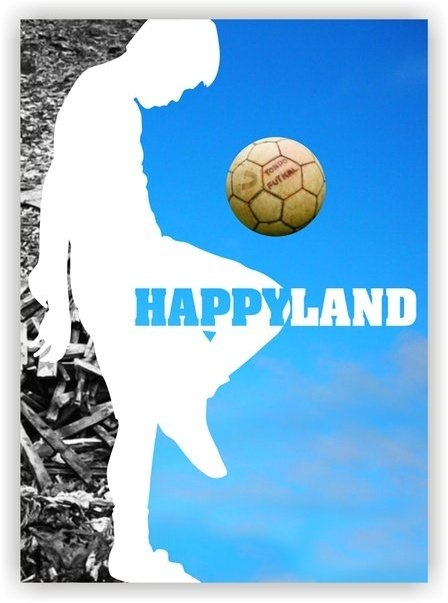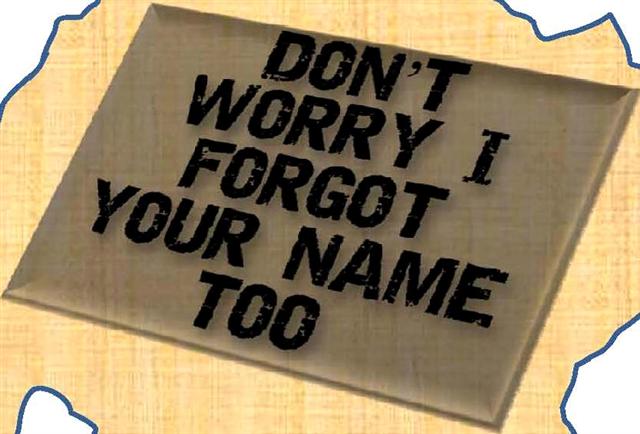I become a producer of a movie about football two years before the sport got widespread attention. We even tapped the country’s most popular football player, Phil Younghusband, as one of the major actors in that independent film.
Serendipity
During the summer of 2008 my son attended a football clinic. As a culminating activity, football trainers from various schools held a friendly tournament among their wards. I was watching the friendly among teams composed of players aged 16 years and below. The venue was the Ateneo Football field. The name of the visiting team was Los Mataderos.
They don’t look like butchers to me, but the team name and being from Tondo evoked toughness and a killer ring to it. There was therefore an initial hesitance of the Ateneo boys to rough it up with the visiting team. Some of the Tondo boys were playing barefoot while others had worn out shoes. They were cursing a lot, but would quickly lower their voices when their coach called their attention.
Except for 3 or 4 players, most of the team members are still newbies. Nevertheless, they won the game and would have been the champion of the tournament had the organizers not discover that their best player was over aged.
They were also on a first named basis with my son’s team trainer/coach. I learned later that Coach Boy also trains the team. In fact, he grew up in the same neighbourhood as these boys. Like many others that played with him before, football became their ticket to changes in their economic well being. It sent them to school, it put them away from a life of vice and crime, and it paved the way for them to get jobs.
I thought that if football became a ticket for some Tondo boys to improve their lives, other boys all over the country can benefit from being good players of the sport. All it takes is an inspiration. And what would that be? Back then, I noted three possibilities: (1) a winning national team; (2)a popular league and/or players; and, (3) an inspirational media vehicle (movie,TV show, social network page, or a book).
In another part of the field on that same day, Jim Libiran was also watching his son play football. In the course of the tournament, Jim also noticed the barefoot boys and asked a question or two about them. He learned that they are from the same area that he used as a setting for Tribu, his award winning movie about the gangs of Tondo. The film maker and storyteller in him saw a material for a film.
Elsewhere, Peter Amores, a former college football standout, took a respite from helping manage their family business in Cebu and started a non government organization with the objective of teaching football to street kids. He named his NGO, Futkal or Futbol sa Kalye.
One year later, Jim Libiran invited me to a cup of coffee. At Bo’s Coffee in Katipunan, while both of us were waiting to fetch our sons, we talked about Happyland,his second movie after the much acclaimed Tribu. Jim invited me to join him in the project. My role is to advise the team on the business and marketing aspects of film-making and of course, to help get corporate sponsors for the movie.
Jim has also encouraged Peter Amores to take FutKal to Tondo.
Jim and Peter tapped more than 20 boys ranging from 12 to 20 years old and provided them with football training and even acting lessons in preparation for the film. They tapped the players Jim and I observed at play during the Ateneo tournament.
 Immediately during our first meeting, I said yes to Jim, not only because producing films is in my bucket list but also because the project is a vehicle that will popularize a sport wherein Filipinos have a fighting chance in the world stage. I also have a personal affinity with the main message of the film which is: “Victory is sweetest if you worked hard enough for it. One won game is not enough to win a tournament. Fight hard enough in every game. Give it your best and then fight some more.”
Immediately during our first meeting, I said yes to Jim, not only because producing films is in my bucket list but also because the project is a vehicle that will popularize a sport wherein Filipinos have a fighting chance in the world stage. I also have a personal affinity with the main message of the film which is: “Victory is sweetest if you worked hard enough for it. One won game is not enough to win a tournament. Fight hard enough in every game. Give it your best and then fight some more.”
And so it came to pass that I got involved in the independent movie, Happyland.





